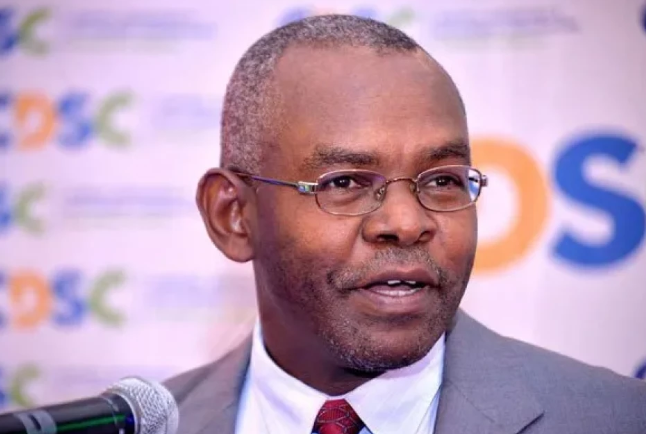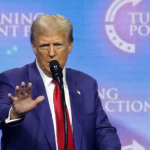Kenya has successfully met all targets set by the International Monetary Fund (IMF) in its review of the loan program, according to Central Bank Governor Kamau Thugge. This progress comes amid ongoing financial challenges, including public protests that led to the withdrawal of a planned finance bill and an increased budget deficit.
Kenya’s four-year loan agreement with the IMF, established in 2021, has now been augmented with additional climate change lending, bringing the total access to IMF funds to approximately $3.6 billion. Despite the challenges, Thugge expressed optimism about the country’s engagement with the IMF moving forward, especially after the anticipated sign-off on a combined 7th and 8th review of its program by the IMF executive board on October 30, which would trigger a payout of $611 million.
While discussing future financing needs, Thugge indicated that Kenya is likely to request another program with the IMF after the current agreement expires in April, although the specifics regarding size and duration remain undetermined. He noted that such decisions would depend on the country’s balance of payments, needs, and the scope of agreed reforms.
On the macroeconomic front, Thugge reported a decline in inflation, which is expected to fall below the 3.6% annual rate recorded in September. The country has also increased its foreign exchange reserves to $8.6 billion, sufficient for 4.3 months of imports, compared to earlier figures of $8.25 billion. Additionally, he hinted at further interest rate cuts, following a recent reduction of the benchmark lending rate to 12.00% after years of stagnation. Thugge emphasized a collective desire for lower interest rates as part of the broader economic strategy.



